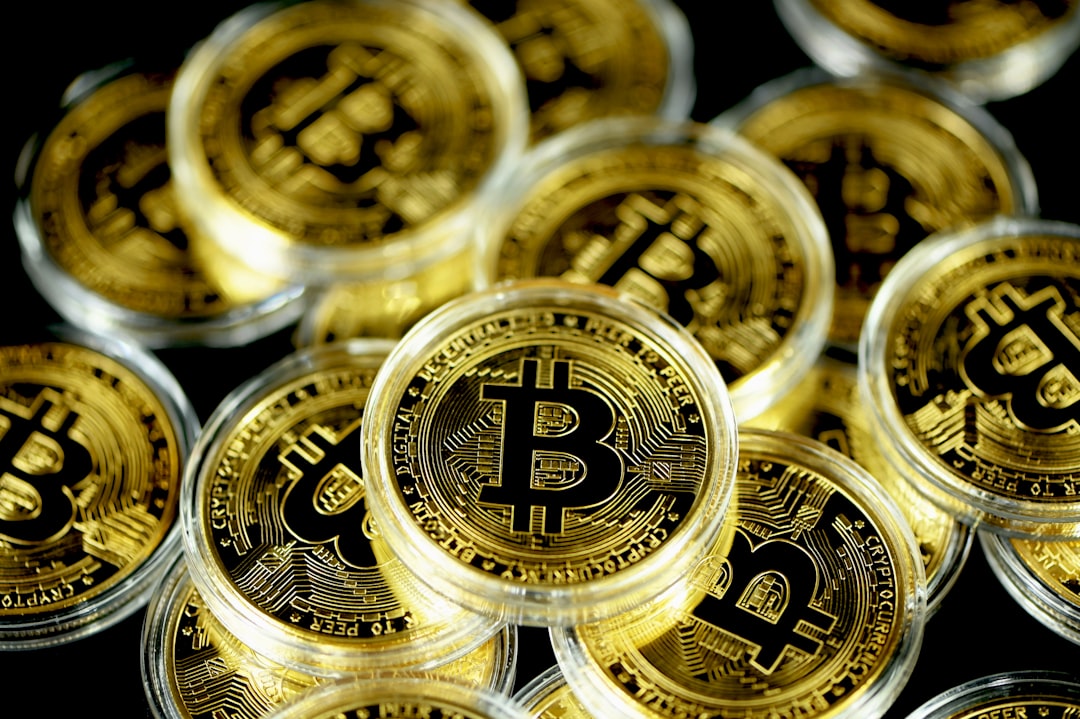
The Philippines plans to launch a central bank-issued digital currency (CBDC) by 2026, focusing on a wholesale version and not using blockchain technology. This decision was made after a thorough study of CBDCs, leading to concerns about the potential impact of a retail CBDC during a financial crisis. The country aims to rival cryptocurrencies with its digital alternative to cash.
Our analysis of the situation
The much-anticipated entrance of the Philippines into the world of central bank-issued digital currency (CBDC) has certainly piqued the interest of onlookers. With Governor of the Bangko Sentral ng Pilipinas (BSP), Benjamin Remolona sharing the exciting news, it seems the nation is gearing up to introduce its wholesale version of CBDC by 2026, with a surprising twist that abstains from the allure of blockchain technology.
In a recent statement, Remolona cleared up the air by affirming that the nation will be steering clear of the retail version of the digital currency, instead opting for a wholesale approach. This strategic leap may be antithetical to the common narrative surrounding CBDCs, but it’s clear the BSP has its sights set on a path less traveled.
What makes this revelation so intriguing is the departure from the blockchain bandwagon. Remolona mentioned that the BSP has chosen to sidestep blockchain technology, citing the less-than-stellar experiences of other central banks as a factor. Instead, the Philippines intends to build its CBDC on a payment and settlement system owned by the central bank itself – a decidedly bold and unconventional move in the digital currency arena.
Interestingly, the BSP’s decision to exclusively focus on the wholesale CBDC is another daring divergence from the norm. This approach, mediated by banks, is founded on a comprehensive study of CBDCs, which has illuminated potential pitfalls associated with retail versions. The BSP’s meticulous analysis has led them to the conclusion that a wholesale CBDC offers a more promising avenue for enhancing the efficiency and safety of domestic and cross-border payments.
It’s evident that the Philippines is charting its own course in the digital currency landscape, drawing inspiration from countries like China and Sweden as they navigate their own distinct CBDC initiatives. However, the Philippines’ motivation extends beyond mere emulation, as the country sets its sights on providing a digital alternative to cash, and perhaps even vying against the ever-growing influence of cryptocurrencies.
This profound pivot into the digital currency sphere comes at a time when the Philippines is actively safeguarding its local market from foreign players, exemplified by the recent clamping down on Binance. Despite the absence of a specific launch date, Remolona exudes confidence about the CBDC coming to fruition during his tenure. The buzz around the Philippines’ CBDC voyage is certainly one to watch, as the nation takes the road less traveled in the ever-evolving world of digital finance.
Disclaimer: Our articles are NOT financial advice, and we are not financial advisors. Your investments are your own responsibility. Please do your own research and seek advice from a licensed financial advisor beforehand if needed.
Image(s) are provided by Unsplash or other free sources. They are illustrative and may not represent the content truly.



0 Comments
Please, behave!